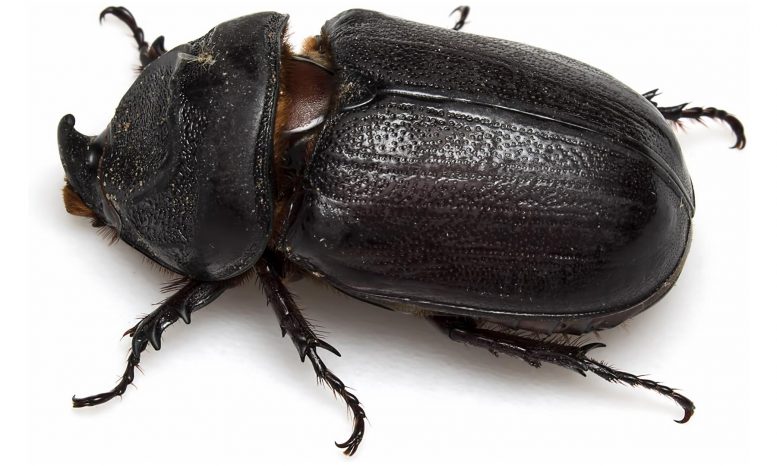

"The bio-control agent will not completely eradicate the CRB, but it will help to keep it under control," says Moore.Īubrey Moore and his assistant Bob Bourgeois are been rearing rhino beetles individually in mason jars in order to have healthy beetles to infect with the virus. It will take several months to see the results. This method of bio-control has been successfully used in Samoa, Fiji, Tonga, Palau and other Pacific islands where the rhino beetle was accidentally introduced. It is dispersed using autodissemination: adult beetles are fed a solution of the virus, become infected, and then they are released to infect the resident population. The virus is naturally occurring in Malaysia and is produced in a New Zealand laboratory. This virus only infects rhino beetles and it has been successful in controlling populations of the pest on other Pacific islands. Jackson was invited to assist in the release of a virus into the rhino beetle (Oryctes rhinoceros) population. Our R&D team will continue to research on this fungus as a biological pesticide on other destructive insects and other crops.Russ Campbell, Guam's territorial entomologist and Aubrey Moore, UOG extension entomologist, welcomed New Zealand scientist, Trevor Jackson to Guam in early June. These promising results show that Metarhizium anisopleae can be used to control other insect pests.

This treatment is least effective on grasshoppers with a result of 12% insect mortality rate. The highest success rate against the army worms is at 66,7% at the concentration of 2% Metarhizium anisopleae fungus. On scale insects, application of Metarhizium anisopleae fungus at 1,5% is almost 100% effective. Our findings show very promising results. Indmira R&D division has carried studies on the effect of Metarhizium anisopleae as a biological pesticide in controlling the populations of important insect pests, such as scale insects ( Phenacoccus manihoti), army worms ( Spodoptera spp.), rice ear bug ( Leptocorisa oratoria), and grasshoppers (Caelifera). Metarhizium anisopliae can then be purified and applied to crops to prevent and/or eradicate Oryctes rhinoceros. This can be achieved by initially growing Metarhizium anisopliae on a potato dextrose agar (PDA) then increasing the production in the potato dextrose extract solution. To utilize this fungus, we must first be able to produce a large amount of pure isolates. Recent findings show that Metarhizium anisopliae application can effectively fill the role of curbing coconut beetle infestation.įound in the soil, Metarhizium anisopliae causes diseases in insects by acting as a parasite. However, these treatments have not shown significant impacts in controlling Oryctes rhinoceros damages in the fields. Such beetle infestation has been controlled by cultivation methods, chemicals, as well as biological agents. These damages lead to reduced production and even death of the plants. Plant damage is caused by adult insects that consume the growing parts. At larval stage, this insect consumes dead wood materials. This insect goes through a complete metamorphosis, which involves stages of eggs, larvae, pupae, and adults. Despite the name, this insect causes damages in other important economic plants such as cassava, sugarcane, oil palm, and other palm species.

Oryctes rhinoceros, also known as Asian coconut beetle, is an important pest in this part of the world.


 0 kommentar(er)
0 kommentar(er)
